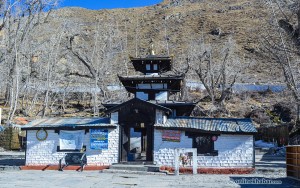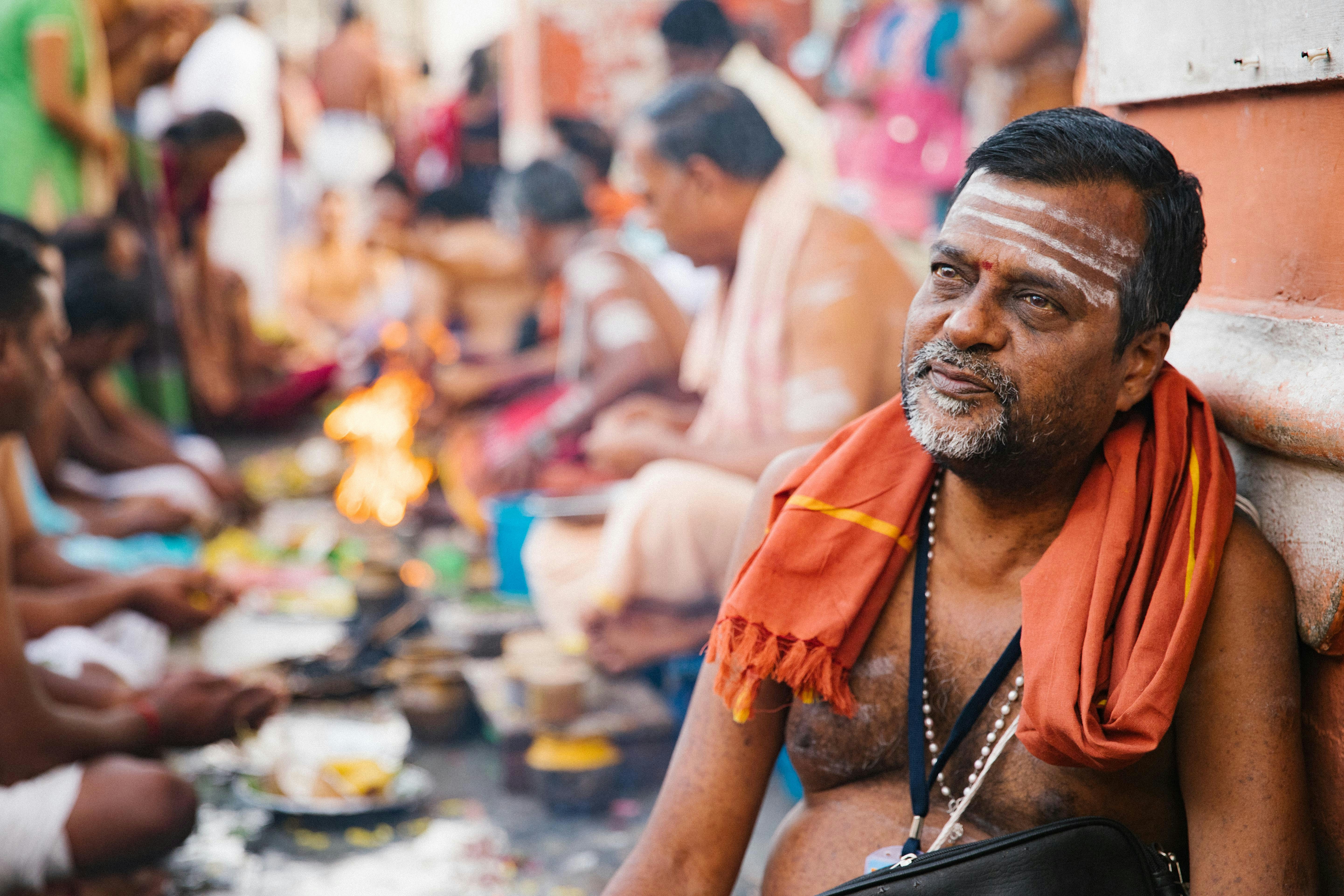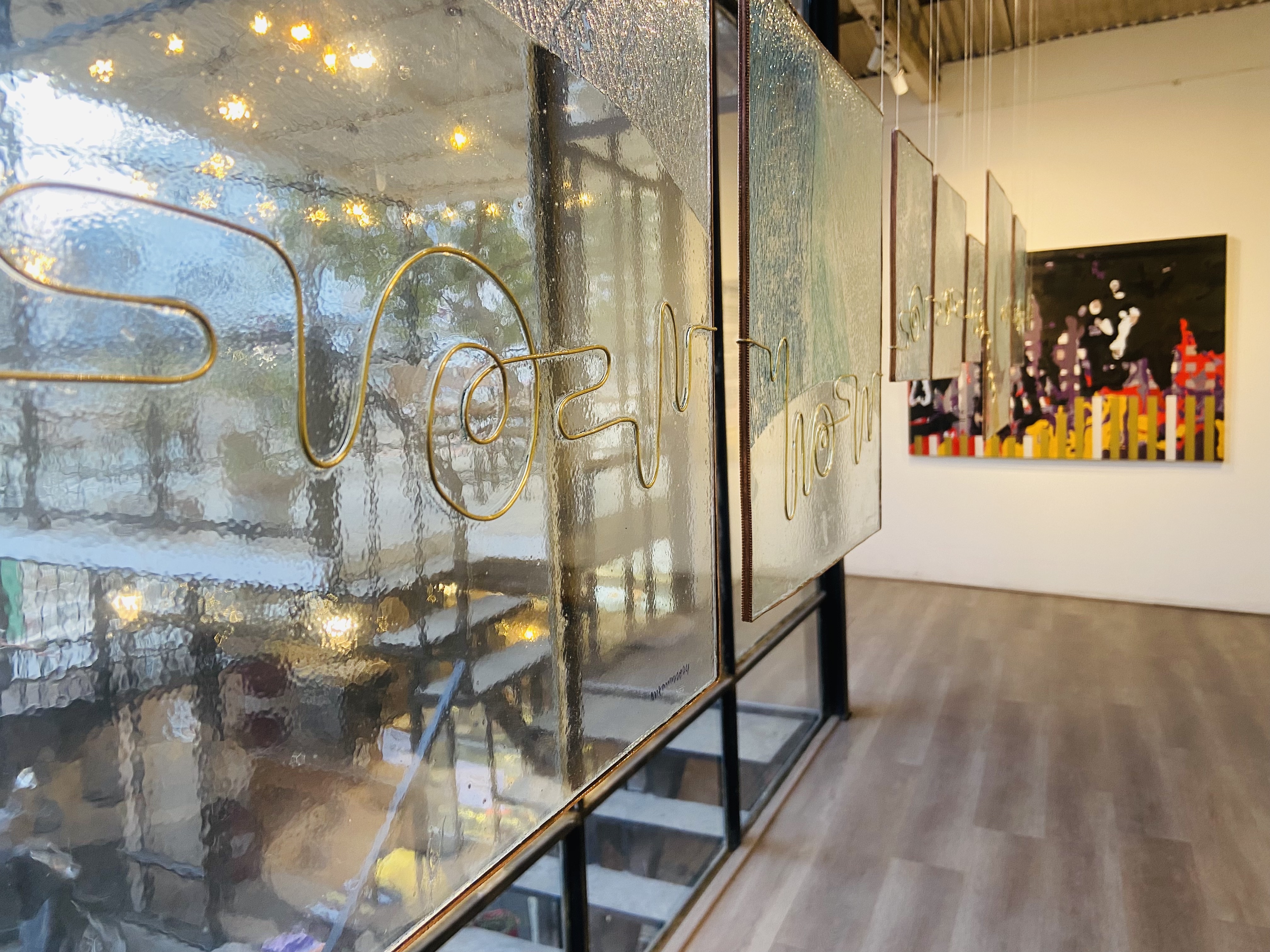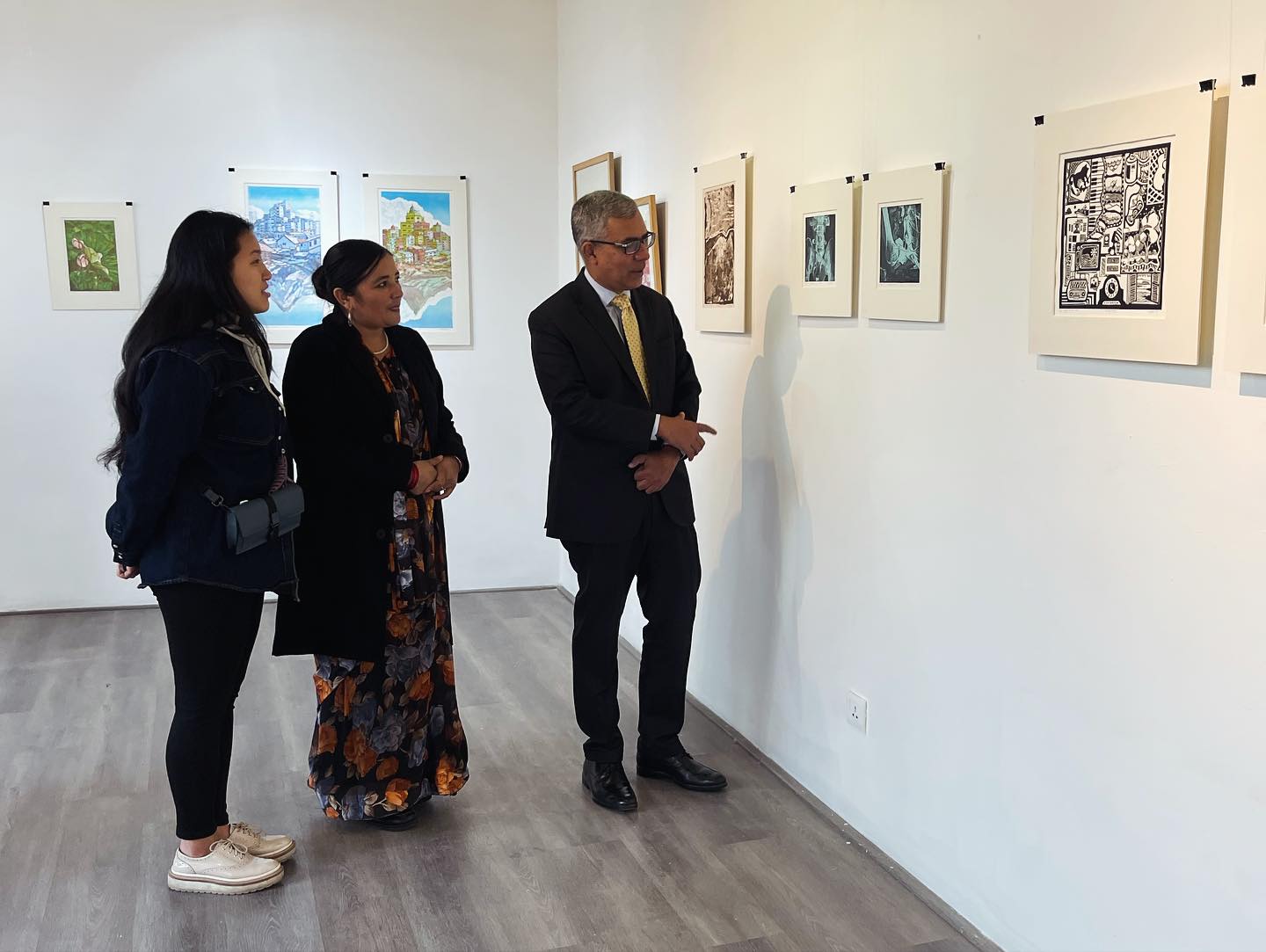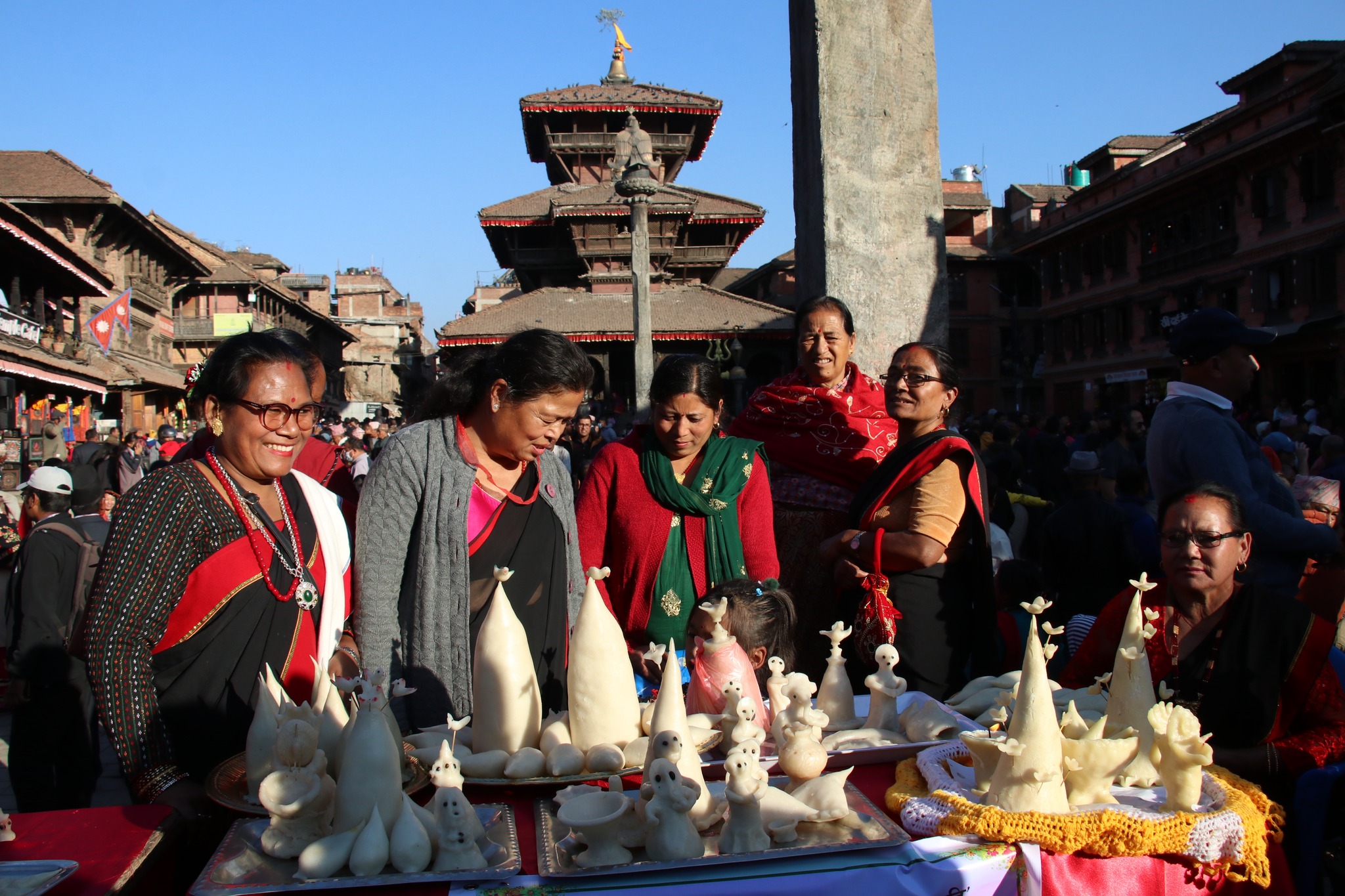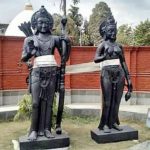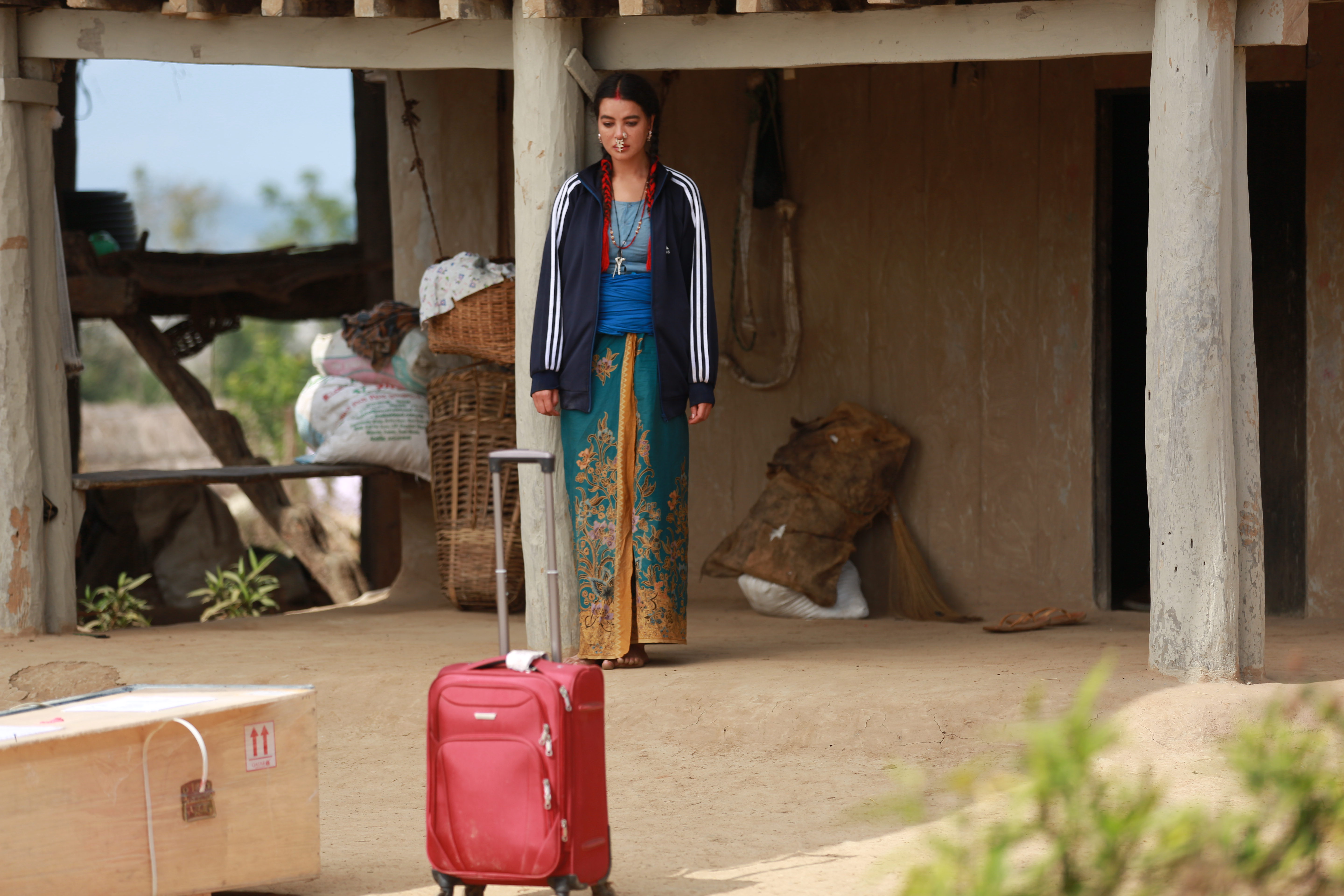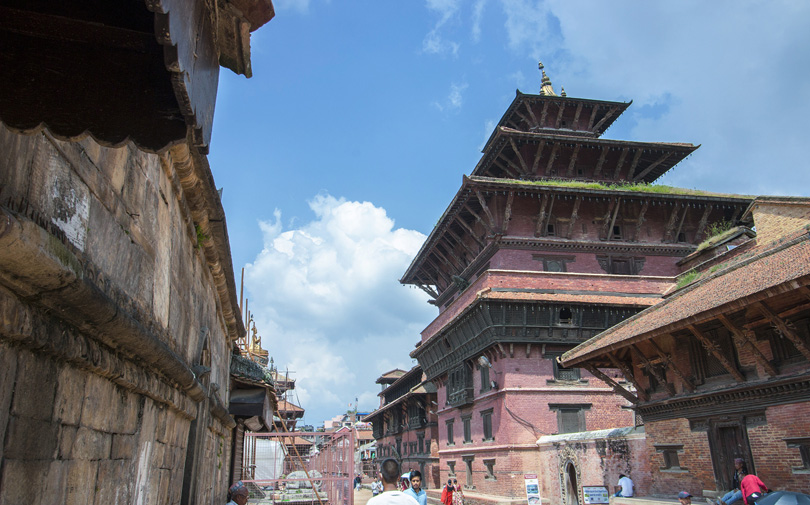
We have passed through it so many times, seen it in countless photographs, studied lazily in history lessons, but do we understand it yet?
Growing up in the heavily urban Kathmandu, I never really knew Patan. I had only been there once, and it was almost like a foreign place. I could never have imagined how it could become familiar to me. But some places have a way of staying in our minds, sometimes amidst hazy clouds of dreams and also in the way we seek the same familiarity in other places. Patan became a hauntingly recurring dream; its brick-paved alleys, the mysterious wooden temples, the clanging of bells remained etched in my memories.
As one steps into the clamour of Mangalbazaar, and into the pathway of mystical Durbar Square, the sound of devotees chanting morning prayers, bells clanging in unison, and the smoke of incense flowing through the tiny windows hit your senses; the very things that introduce Patan for what it is. But what strikes most hard is the fact that Patan is ancient, its temples are clouded with an air of wisdom that is often heard in the words of old people, its pathways are worn by the feet of thousands of people, adding to its unfaltering glory and beauty.

As my eyes swerve across the beautiful public square, my mind darts to the Kings who made them, to the hands that perfected the tiny arcs in the windows, the peaceful face of the idols and the majestic pagoda styles of the temples. Patan is believed to have been made in the third century BC by the Kirant Dynasty, who despite their rule of 1225 years did not leave any remarkable traces behind. But what we now know as Patan was designed by the Lichhavis and the Mallas for whom art was the halo of their rule.
The story of how the most stunning landmark of Patan, Krishna Mandir, was made is quite peculiar. According to a popular myth, other gods revealed the location of the idol of Lord Krishna to King Siddhi Narsingh Malla in a dream and when the King hastily dug the site, there it was the glorious idol of Lord Krishna. But, many historians view that it was made in the 16th century. This temple is considered to be one of the finest examples of stone carving.
Another equally interesting story exists about the Bhimsen Temple, just beside the glorious Krishna Mandir. King Shree Niwas Malla, who would love art as much as other kings of his dynasty, once threatened to strangle an artist as he failed to create an accurate depiction of an angry Bhimsen killing Dushasana. But, the artist could not pacify the King with his skills. At last, he found the perfect face of Bhimsen; in the King himself. The idol that now resides inside the temple was made in Nepal Samvat 783 (1680 AD). Besides being a hero in Mahabharata, Bhimsen is also considered to be the God of Business, whom traders of Patan flock to worship.

The heritage site that steals the show for being the most managed and organised is the Patan Durbar itself that now houses one of the most splendid museums in South Asia. The building was made by Siddhi Narsingh Malla in the 16th century as his ruling stead that would control the power of the city of Yala, known for its splendid forms of art. The palace would be the centre of power until Prithvi Narayan Shah would conquer the tiny state.
The amazing thing about the Patan Durbar is that it was not made by a single King. As generations passed, the palace got wider and more elaborate. The Mul Chowk was made in 1666 by Shree Niwas Malla for the sole purpose of worshipping Goddess Taleju while the Sundari Chowk was made in 1628 for the King’s personal puja and mediation. Even today, the Sundari Chowk holds the meditation bed on which Kings meditated amidst flames during summer.
The glory of Patan does not end here. It seems almost all less known temples and shrines also share the beacon. The most astounding for me was the temple of Mahabouddha, concealed by the facade of houses, yet traceable by the crumbs of outlandish golden statues of Buddha kept for sale until it finally leads to the gingerbread house: the temple of a thousand Buddhas. Quite literally, thousands of tiny Buddha adorn its walls with such extravagant details. It is one of the oldest temples built in the 14th century and has an important role in the artistic development of the area. It is believed that it took three generations of a family and many artists to see its completion.
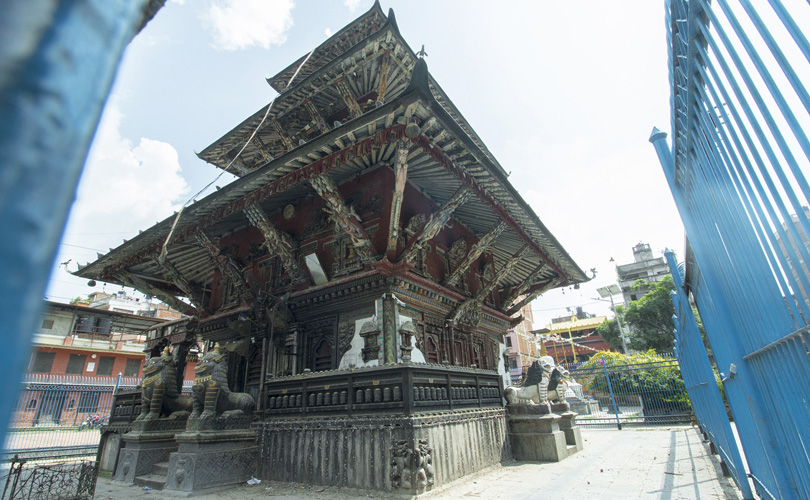
The one that intrigues most is the temple of Machhindranath that was originally made in 1408 AD. Many idols have already been stolen from the temple; hence it is protected with bars now.
Nearby it is the Golden Temple, home to some of the most bizarre rituals. Located in the courtyard of Kwabahal, the temple is a place for followers of both Buddhism and Tantrism. Originally made during the Lichhavi period, it clearly has signs of Buddhism, in the elaborate paintings of Mandalas on the ceiling and in the depiction of the Buddha’s meditation. It also reflects a perfect coexistence of Hinduism and Buddhism.
Patan is ancient and historic. Through generations it has continued to enthrall us all. Even though at present so many of its temples are under renovation after the 2015 earthquake, the city has stood still, outrunning so many deaths, storms, earthquakes and other forms of calamities.




